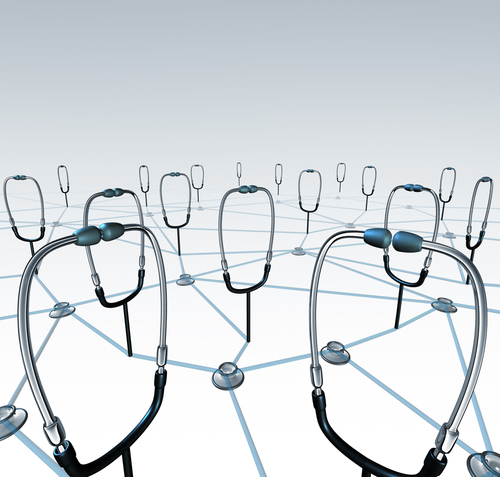



Get new exclusive access to healthcare business reports & breaking news




To function properly, the healthcare industry has to meet some very important conditions. It needs funding, specialists, administrative support and a common structure.
All these components have to overcome serious challenges. Funding alone is not enough and, since it is heavily dependent on political agendas, it is highly fluctuant. The shortage of doctors throughout the country strains the entire system. This factor is compounded by the fact that the healthcare system is far from being fully interoperable. On this last subject, a recent National Academy of Medicine (NAM) special publication says interoperability remains limited and this causes waste, inefficiency, and clinician burnout, which in turn may affect patient safety.
Interoperability is the ability of different information systems and software applications to successfully communicate, exchange and use information.
In the case of healthcare, interoperability means that healthcare providers, professionals, patients, hospitals, pharmacies, laboratories etc. can all exchange information, regardless of what application they use. This is possible only if all platforms use the same “language”, which consists of standards and data exchange models that enable the data to be shared.
Interoperability is considered crucial to increasing patient safety, because it means specialists can access clinical patient data in the shortest time, which can sometimes mean the difference between life and death.
Interoperability makes it is easy to find out, even if patients themselves can’t communicate, whether they have allergies, if they have received certain treatments that could interfere with the present needed care, what procedures they have gone through, if they were given vaccinations etc.
Access to patient clinical data increases safety in a medical crisis and allows healthcare personnel to treat them with improved quality and efficiency.
Deep interoperability basically means having met all the requirements mentioned above, on all levels, and using the obtained data to really determine the best care. It means providers have ready electronic access to the data, can easily find electronic records, pull the data and use it for their patients’ benefit.
Even though in recent years the healthcare system has registered a certain progress in achieving interoperability, by introducing electronic health records (EHRs) through the establishment of regional health information exchanges and the development of data exchange standards and interfaces, there is still much work to be done. This recent NAM publication underlines the shortcomings of the system.
There are three different levels where interoperability needs to be achieved .
Two terms are very important when it comes to understanding healthcare interoperability.
The first is “interface”, meaning the platform used to facilitate communication between two systems. An interface acts as a translator to ensure that the systems recognize and understand all data being exchanged between one and another.
The other term is “application programming interface”, or API. An API streamlines the interaction that takes place between systems. Smartphone users, for instance, use APIs for all transactions. Apple and Android work with APIs, so that their applications can work well on both operating systems.
Even though it is difficult to say how much the lack of interoperability in the healthcare system has directly affected patient safety, some of the risk factors are known, such as common causes of medical errors, including drug errors, diagnostic errors, and failure to prevent injury. These could be avoided, at least partially, by more effective data exchange between care providers or between providers and the patients, by direct access to EHRs and other health technologies.
Interoperability has to be achieved, the authors think, because it will ensure staff don’t spend time manually entering data from paper into multiple systems that don’t understand or read each other. Neither would they have to manually program devices. This will ensure less time, effort and money are spent manipulating data because there would be one system.
Implementing medical device interoperability could eliminate at least $36 billion of waste in inpatient settings alone, according to a 2013 West Health Institute report. It would reduce unnecessary testing and clinician, time spent manually entering information. It would make hospital stays shorter by transmitting critical information, such as lab tests results, in a more timely fashion.
As of 2016, 96 percent of hospitals and 78 percent of physicians’ offices were using EHRs, the publication says. Still, this did not ensure interoperability, since data from multiple sources, devices, and organizations across the care chain don’t seem to come when needed and exactly where needed.
Less than one in three hospitals can now find, send, receive and integrate patient data from another care provider using electronic devices.
Most providers still use fax and paper when sending referrals or a care summary for patient discharges. In a time when companies are repurposing drugs to fight disease, the fact hospitals still have to fax information about patients is unbelievable. Something needs to change, and fast, as the authors of the National Academy of Medicine’s publication say.
“To ensure that healthcare dollars are spent in pursuit of healthcare delivery systems reaching desired levels of care quality, safety, and efficiency, interoperability must be a top priority,” said Victor J. Dzau, President of the National Academy of Medicine. “Only then will the healthcare industry begin to create truly integrated care systems that continuously provide better experiences for clinicians and patients while achieving better health and healthcare at a lower cost. The time is now to realize the true potential of health information technology, and all healthcare organizations have an obligation to see this through so that future generations will lead better, healthier lives.”